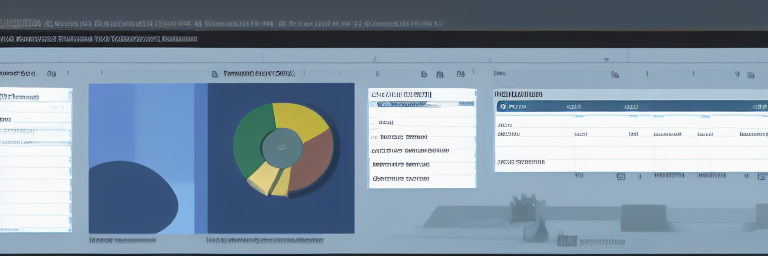What is QMS software?
QMS software stands for Quality Management System software. It is a software system that helps organizations manage their quality processes and procedures. Quality management systems are designed to help organizations meet customer requirements and improve operational efficiency.
As well, QMS software allows users to set quality goals, monitor quality performance, and document results. Also, it helps organizations maintain compliance with international standards such as ISO 9001. Too, QMS software features may include document management, corrective and preventive action, and supplier management. The system can also be used to measure customer satisfaction and product quality.
Some examples of QMS software include: QualityNet from IQS, EQuIS from EarthSoft, and ProQuality from NQC.
Considerations
QMS software is an important tool for companies that need to ensure their products and services comply with industry standards and regulations. It is designed to help organizations track, monitor and improve their quality management systems. Considerations include:
- Cost: The cost of a QMS software package can range from a few hundred dollars to tens of thousands of dollars depending on the complexity and features of the software. It is important to consider the cost of the software and the return on investment it will provide to the organization.
- Scalability: Quality management systems are constantly evolving and the software needs to be able to scale with the needs of the organization. Consider the scalability of the software and whether it will be able to accommodate future changes.
- Integration: Quality management systems often need to integrate with other software packages and databases that the organization uses. Consider the degree of integration the software is capable of and the ease with which it can be integrated with other systems.
- User Interface: The user interface of the software should be intuitive and easy to use. Consider the features of the software and the level of training required for users to be able to use the software effectively.
- Reporting and Analytics: Quality management software should provide users with the ability to generate reports and analytics that can help the organization track, monitor and improve the quality management system. Consider the types of reports and analytics the software can generate.
The Benefits
QMS software offers a number of advantages for businesses looking to streamline their quality management processes. The main advantage of a QMS software is that it provides a comprehensive platform to monitor and track all quality management processes. This allows businesses to have a single source of truth and makes it easy to see which processes are working and which ones need improvement.
Also, it helps to reduce the amount of paperwork associated with quality management and makes it easier to maintain compliance with industry regulations. Additionally, it offers powerful analytics and reporting capabilities that help businesses identify areas of improvement and track their progress over time. Finally, QMS software can help to reduce costs associated with training, since it provides a standardized platform for employees to follow.
Challenges
QMS software can be a powerful tool for organizations that need to maintain quality standards, but it also comes with a few challenges.
- Complexity: Many can be complex and difficult to navigate. The software often requires a steep learning curve for users to understand how to use it properly. Additionally, users may need to learn multiple applications within the software to get the most out of it.
- Cost: It can be costly, especially if they need to be customized to a particular company’s needs. Companies also need to consider the cost of implementation, training and maintenance of the software.
- Compatibility: It needs to be compatible with other systems, such as ERP, CRM, and other software programs that the company may use. This can be difficult to ensure, as the different software programs need to be able to communicate with each other.
- Data Security: It often holds sensitive information, data security is a major challenge. Companies need to make sure that their QMS software is secure and that there are no security breaches.
- Integration: Integration into existing systems, processes and procedures can be difficult. Companies need to make sure that their QMS software is integrated properly so that it is effective and efficient.
Overall, it can be a powerful tool for companies that need to maintain quality standards. However, it comes with its own set of challenges that companies need to be aware of and address.
The Future of QMS Software
It has come a long way, and it is only going to improve in the future. As the demand for quality management systems grows, so too will the need for more advanced software. Too, companies will increasingly turn to software to help them manage their quality processes, and this will lead to the development of more powerful and sophisticated QMS software.
In the future, it will become even more user–friendly, helping companies to quickly and easily set up, customize and manage their quality processes. As well, it will also become more intelligent, with advanced analytics and predictive capabilities that will enable companies to better anticipate and address quality issues.
Additionally, QMS software will become more integrated with other systems, such as ERP, CRM and other business intelligence software. Too, this will make it easier for companies to view and analyze their quality data in the context of their overall business performance, allowing them to make more informed decisions.
Finally, it will become more customizable, allowing companies to tailor the software to fit their specific needs. Also, this will enable companies to create quality systems that are tailored to their unique business requirements and objectives.
Overall, the future of QMS software looks very bright. With the continued development of new features and capabilities, it will continue to improve, helping companies to manage their quality processes more effectively and efficiently.

